Pollinators


Pollinators
|
|
|
|
|
A pollinator is any animal that visits flowering plants and moves pollen from flower to flower, which helps plants reproduce, making fruits and seeds. Many plants grown for food, beverages, fibers, spices and medicine need to be pollinated by animals. Here in Wisconsin, crops such as apple, cranberry, cherry, green beans, cucumbers and other fruits and vegetables, plus honey and beeswax depend on pollinators. But pollinators in Wisconsin and around the world are facing population declines for many reasons.
On this page you will find resources to help you identify pollinators, create pollinator-friendly habitats, reduce or eliminate environmental contamination from pesticides, and spread the word about pollinator conservation in your communities.
General Pollinator Resources

Wisconsin Pollinators – Bees, Butterflies and their Conservation
Discover even more information about local bees and citizen science opportunities in your area.
Saving Wisconsin’s Native Pollinators (wisconsin.gov)
Learn more about threats to local pollinators and habitats, habitat development efforts and other pollinator projects.
Bring back the pollinators (xerces.org)
Find everything you need to know about pollinators and their habitats, including from how to create a habitats and reduce pesticide usage in private and public spaces.
Michigan Pollinator Initiative (msu.edu)
Explore the effort to pursue research-based solutions for beekeepers, growers, land managers, and policy makers to promote economic vitality and ecological stability.
Extension Factsheet on Pollinators
A UW-Madison Extension factsheet providing a basic overview of Wisconsin pollinators in a printable format.
Supporting Native Bees
A publication on Wisconsin’s native bees, that covers everything from a bee’s life cycle to selecting flowering plants for sustainable blooms.
Home Habitat Assessment Tool
Is your home pollinator friendly? Take the online assessment to find out.
Wisconsin Bee Identification Guide
Use this guide to identify more than a dozen bee species found in Wisconsin.
Lawns and Pollinators
Discover ways to transform your lawn into a pollinator-friendly habitat.
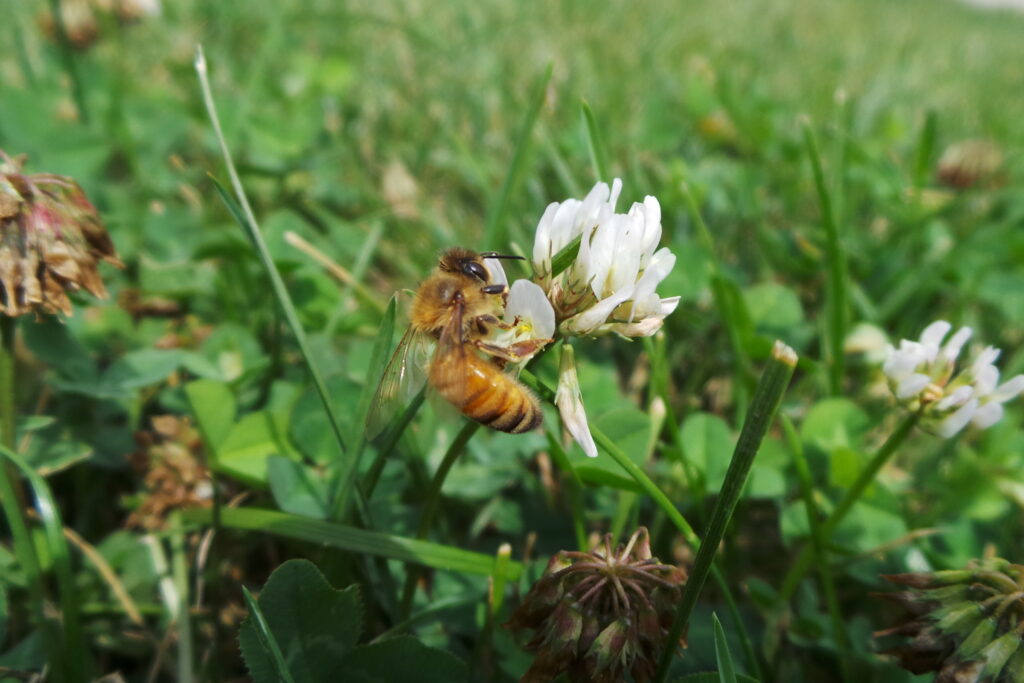
What’s the deal with “No Mow May?”
“No Mow May” gained a lot of popularity in 2020, but before you stow away your mower for May, learn what other measures you can take to help pollinators in spring.
Conservation of Native and Domestic Pollinators in Managed Turfgrass
Find ways to reduce pesticide use in your lawn and, when necessary, how to use these chemicals properly.
Flowering Bee Lawns for Pollinators (umn.edu)
Learn more about bees and how you can help them through the University of Minnesota Bee Lab.
Planting Guides
Learn why you should Plant Flowers to Encourage Beneficial Insects and select plants that will thrive in your space.
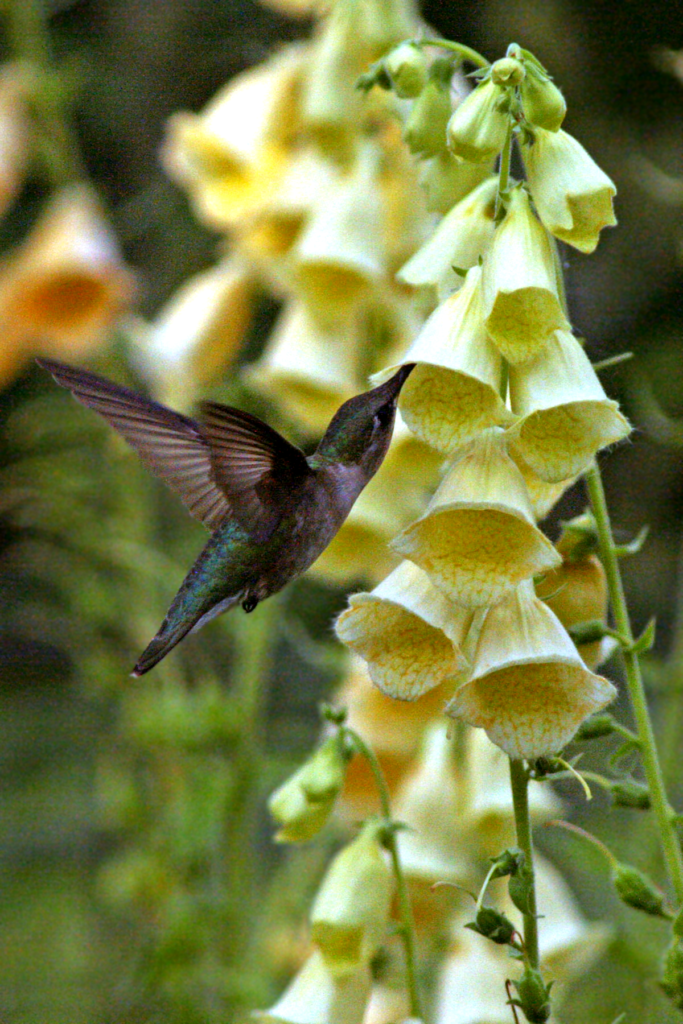
Supporting Native Bees – Our Essential Pollinators
This publication gives general information as well as suggestions for native plants.
Planting Guide for Your Native Pollinator Garden – Midwest Region (pollinator.org)
Includes steps and plant suggestions to start your pollinator garden.
Free Pollinator Friendly Planting Guides (pollinator.org)
These ecoregional planting guides are tailored to specific areas and hardiness zones of the United States. Enter your zip code and start planning!
Pollinator Friendly Plant List – Great Lakes Region (xerces.org)
Learn about native plants that are attractive to pollinators and well-suited for small gardens, urban greenspaces, and farm field borders, and other locations.
Planting for Pollinators: Guiding Principles and Design Concepts for Residential Pollinator Habitat (bwsr.state.mn.us)
This guide is intended to help gardeners of all skill levels plan, install and maintain pollinator habitat in their yards.
Native Plants for Attracting Butterflies
Check out University of Wisconsin-Madison Arboretum’s recommended native plant list for attracting butterflies!
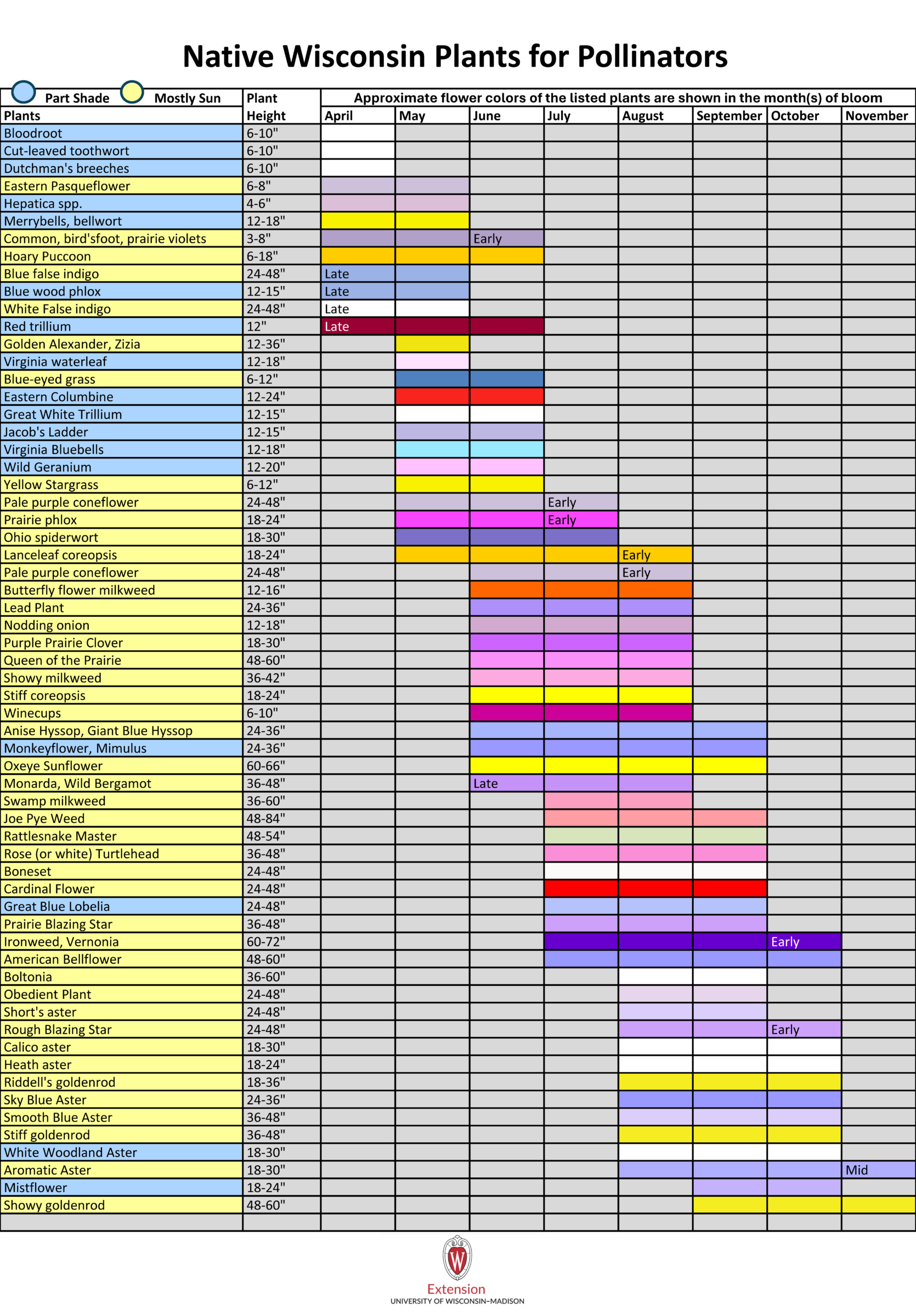
Pollinator Webinars
Low-Maintenance, Natural Landscapes
Designing Native Plant Gardens for Pollinators
Bee Lawns:
Using Your Lawn to Provide food for pollinators
Establishing a Bee Lawn:
Current Research and Practical Techniques
Be a Volunteer
Get involved as a citizen scientist and participate in pollinator conservation initiatives.
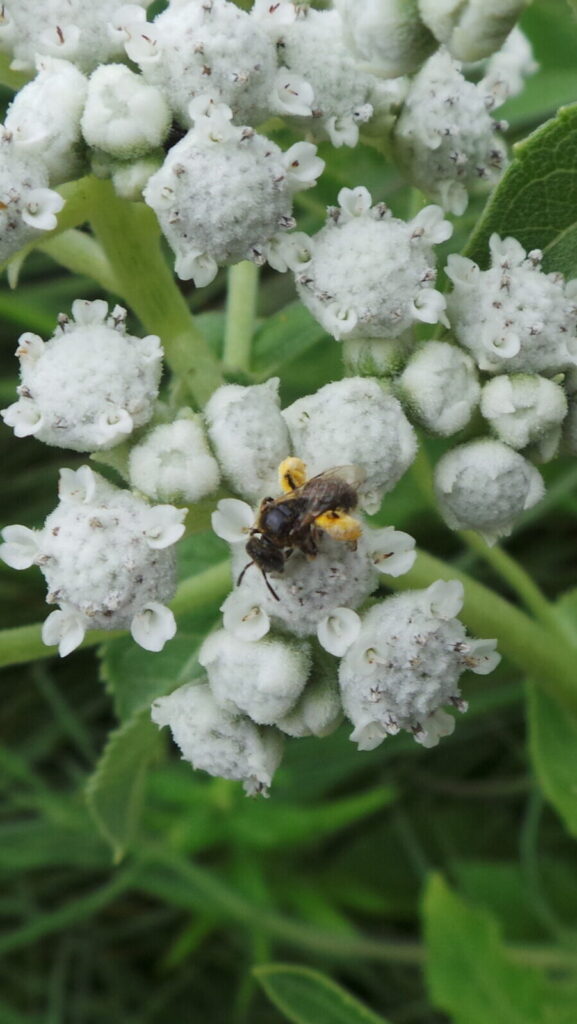
WiBee: The Wisconsin Wild Bee App
Download the WiBee app and join the growing community of citizen scientists to collect high quality data on wild bee abundance and diversity on Wisconsin’s fruit and vegetable farms and other habitats.
Bumble Bee Brigade
The Wisconsin Bumble Bee Brigade is a photography-based volunteer monitoring project. As a volunteer, you will submit photos and additional information on the bumble bees you observe.
Monarch Watch
Join the initiative and support the world-wide study on monarch migration by witnessing and recording adult monarchs you see during specific dates depending on your location.
The Great Sunflower Project
Participate in the monitoring and recording pollinator visits to the sunflower species ‘Lemon Queen’ or watch a plant and record how many pollinators visit, or how many you see while taking a nature hike.
Journey North
Get involved with the community of action by contributing observational data and acting as ambassadors for conservation and protection of migratory species.
Printable Pollinator Posters
Share the knowledge about Wisconsin’s important pollinators! The following links contain posters to use in classrooms, gardens, libraries, co-ops, or anywhere people learn about pollinators.
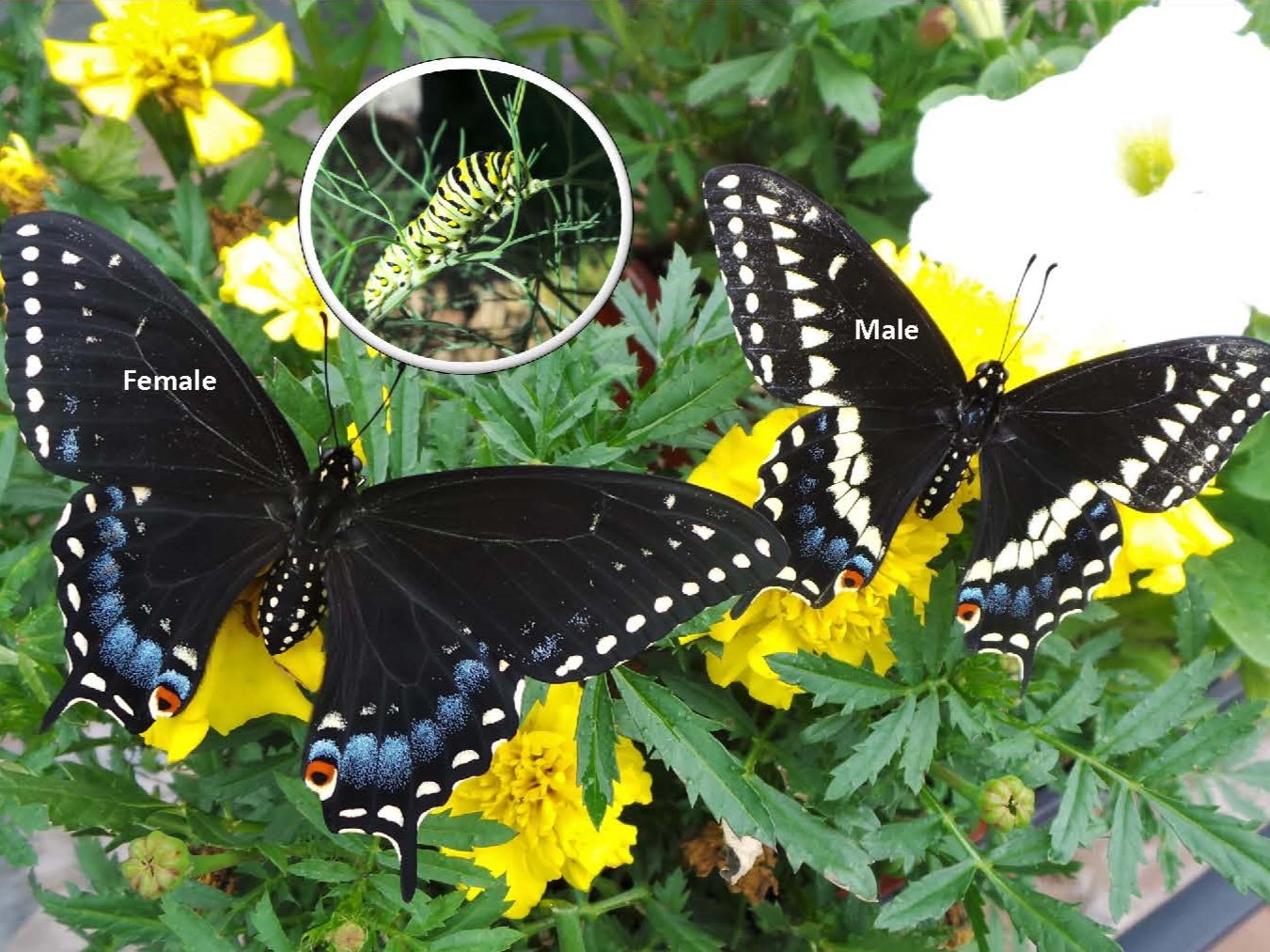
Black Swallowtail
(Papilio polyxenes)
Photo: Susan Mahr
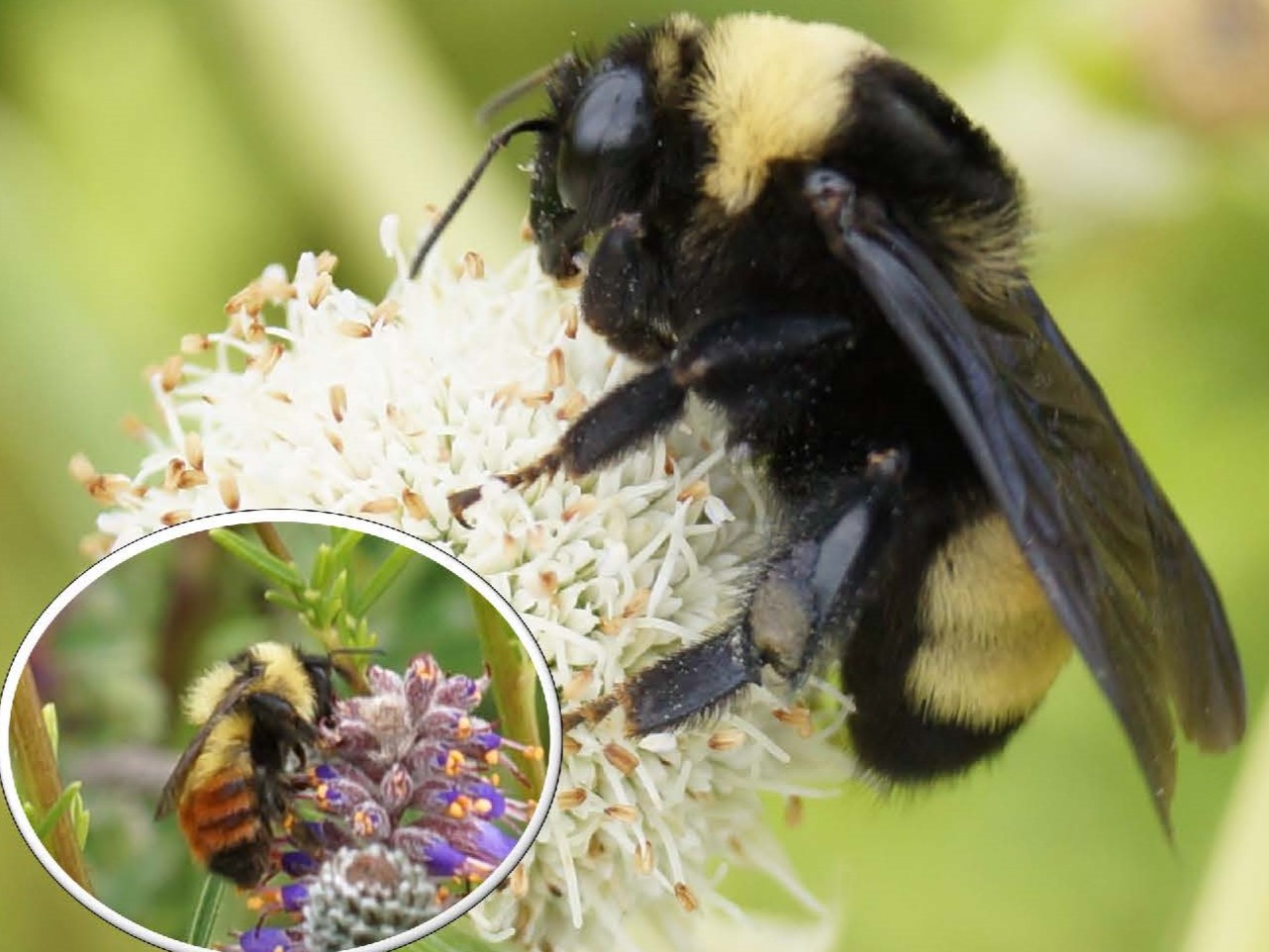
Bumble Bee
(Bombus spp.)
Photo: Christy Stewart
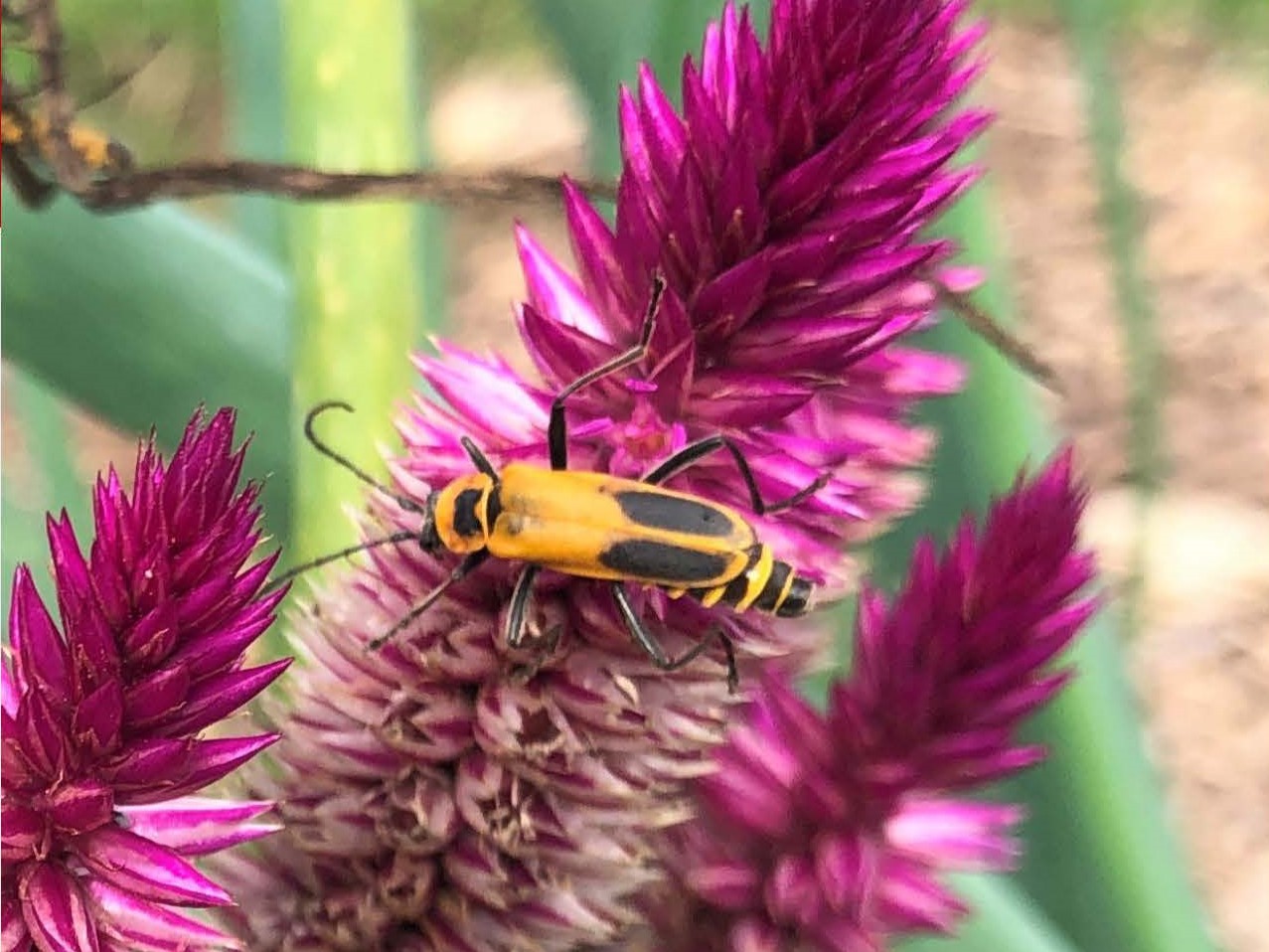
Goldenrod Soldier Beetle
(Chauliognathus pensylvanicus)
Photo: Kevin Schoessow
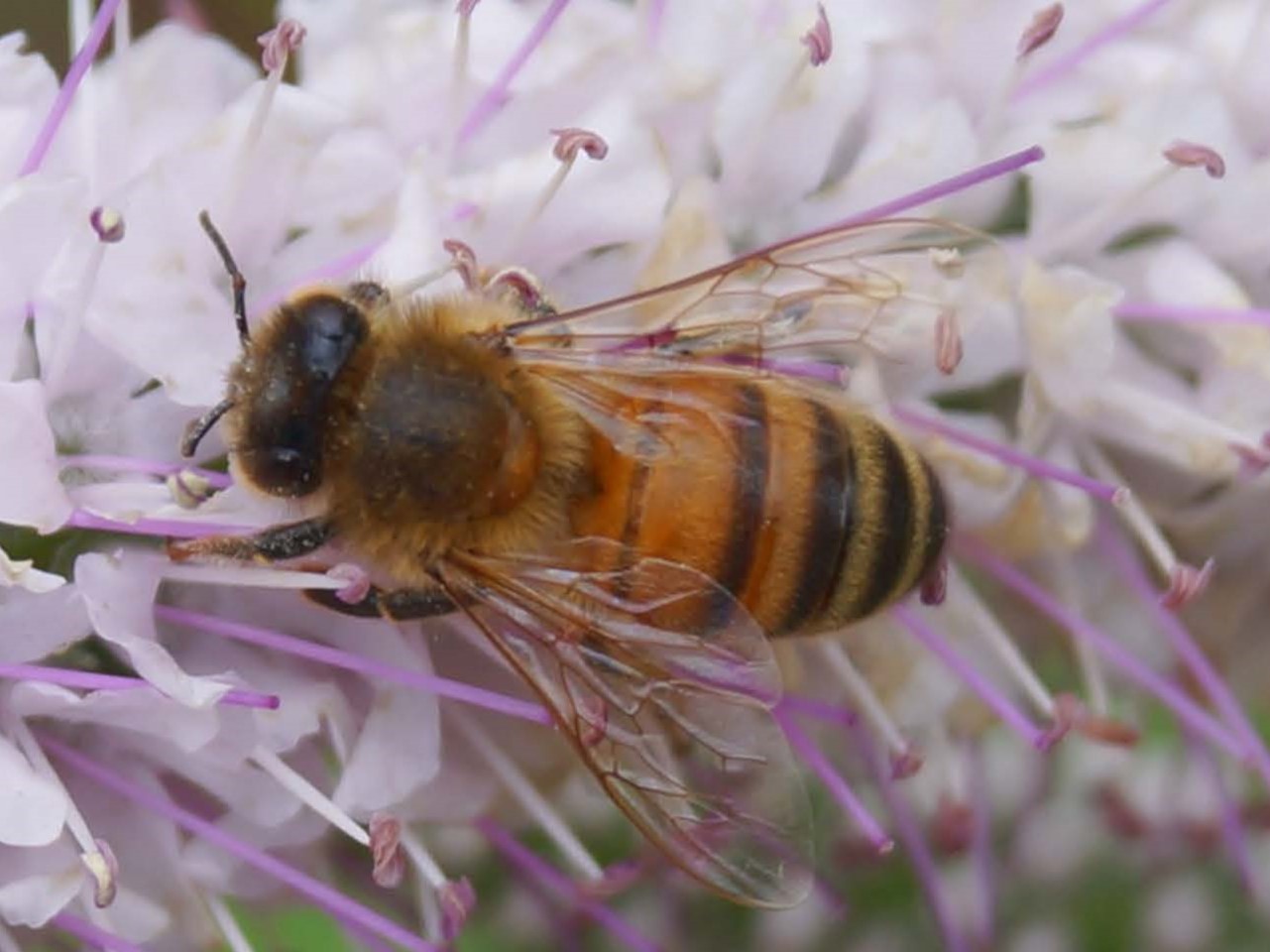
Honey Bee
(Apis mellifera)
Photo: Christy Stewart

Hummingbird Moths
(Hermaris spp.)
Photo: Susan Mahr
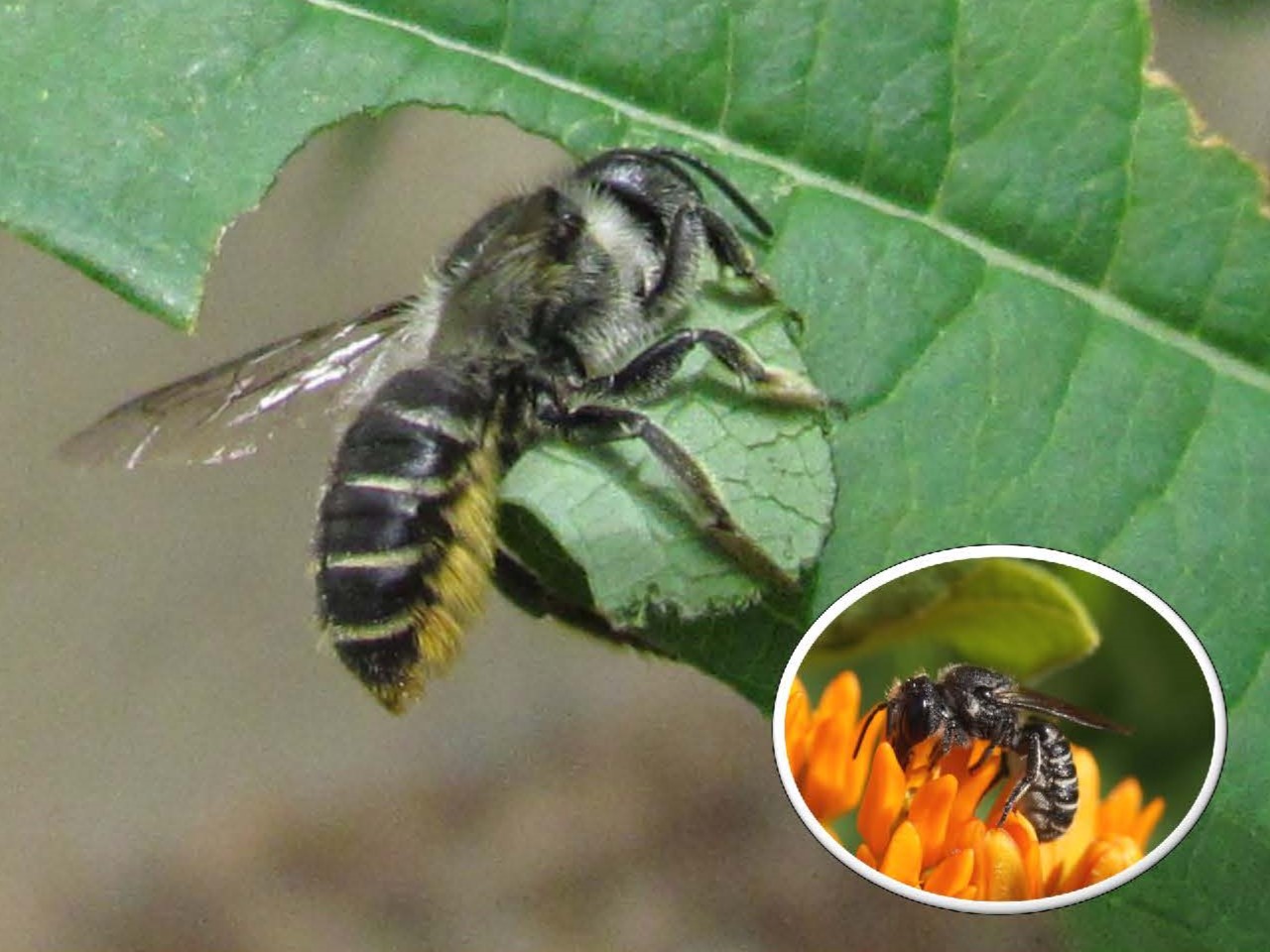
Leafcutter Bee
(Megachile spp.)
Photo: J. Ascher & Christy Stewart
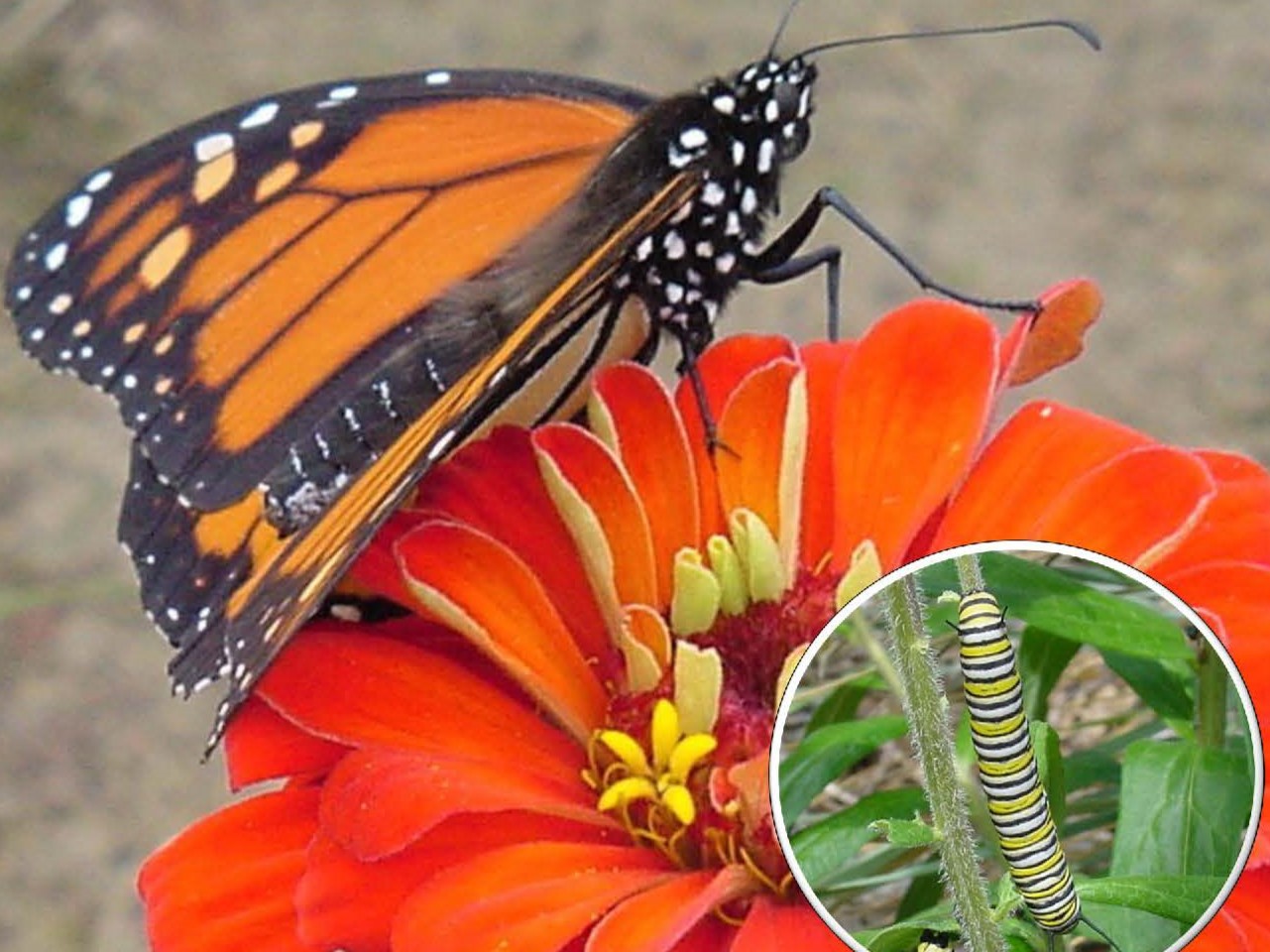
Monarch Butterfly
(Danaus plexippus)
Photo: Kevin Schoessow

Painted Lady Butterfly
(Vanessa cardui)
Photo: Susan Mahr
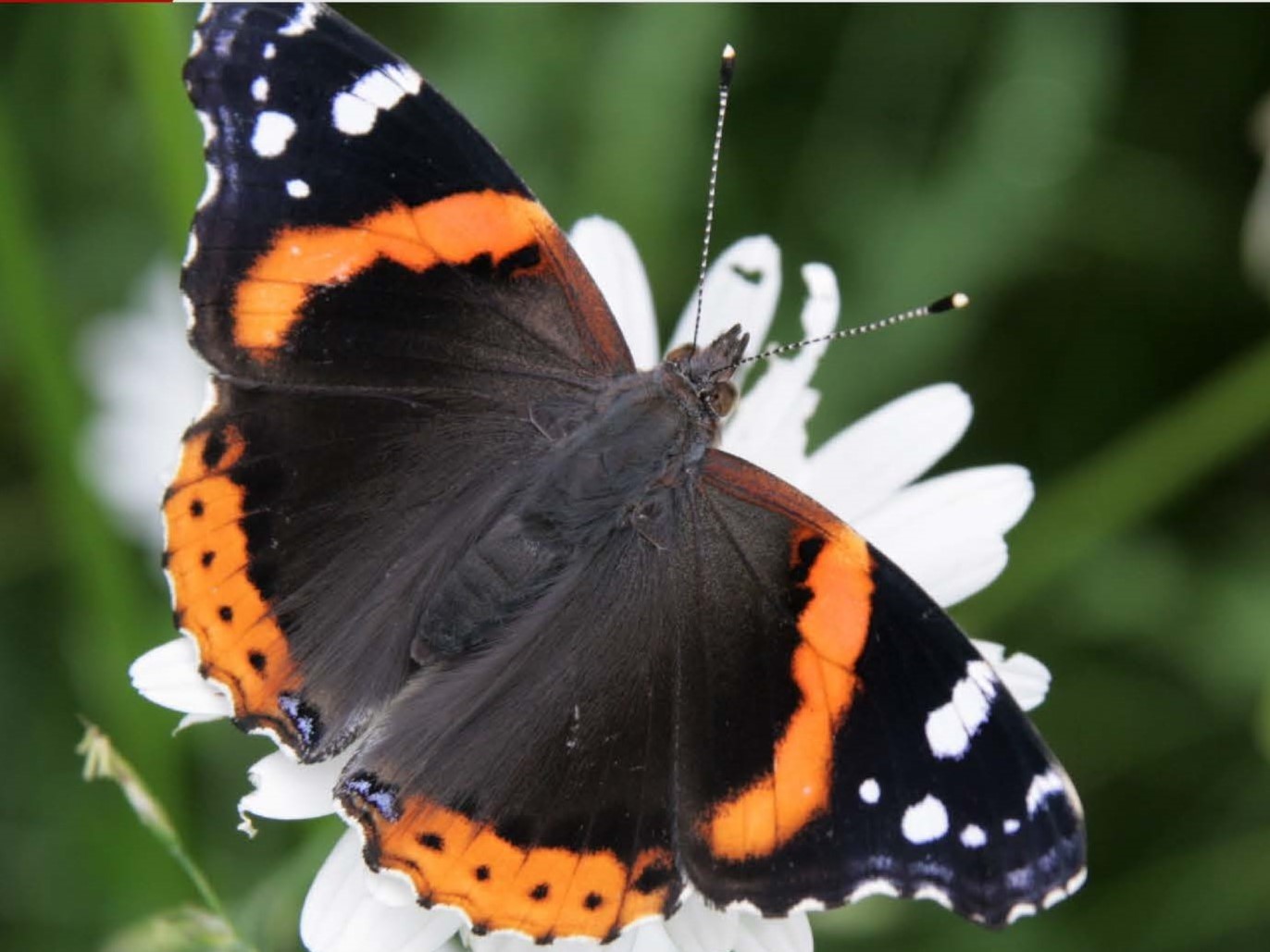
Red Admiral Butterfly
(Vanessa atalanta)
Photo: Susan Mahr
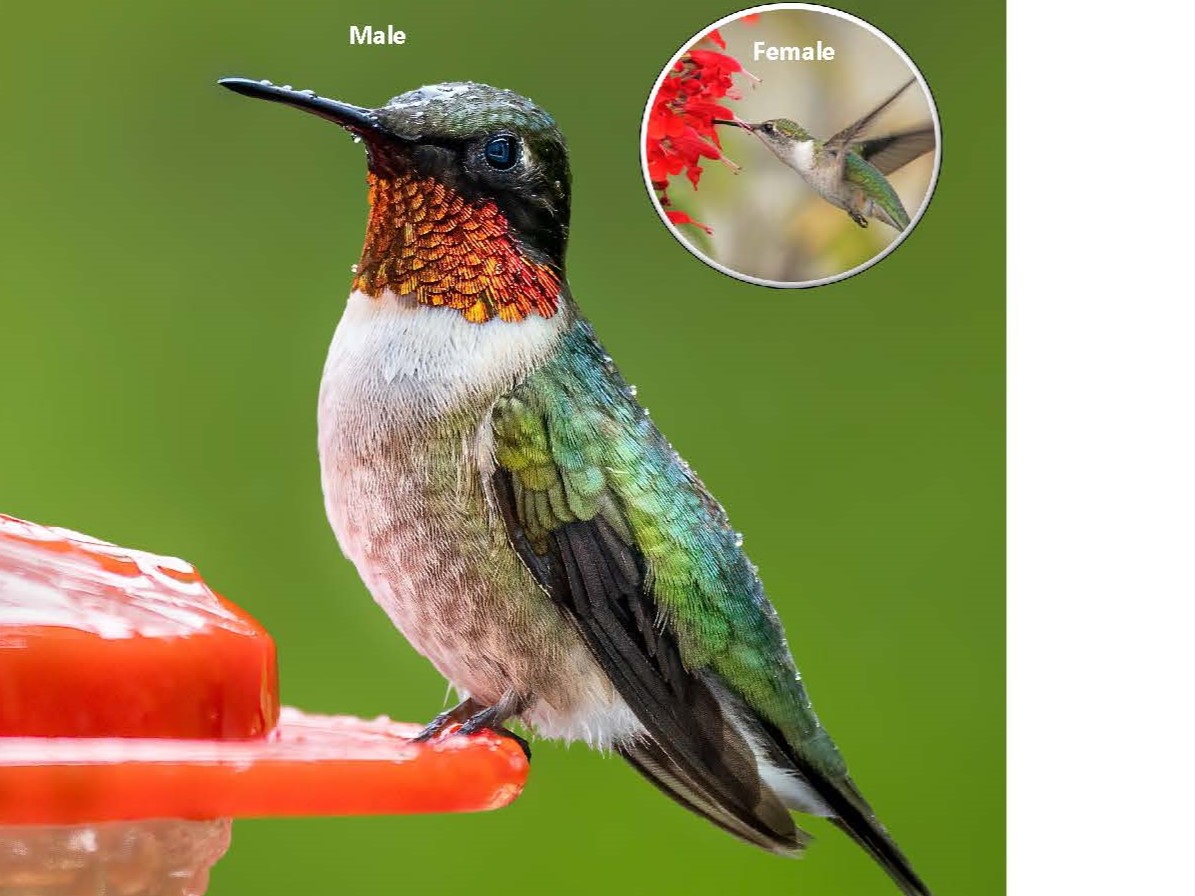
Ruby Throated Hummingbird
(Trochilidae spp.)
Photo: Skyler Ewing & Christy Stewart
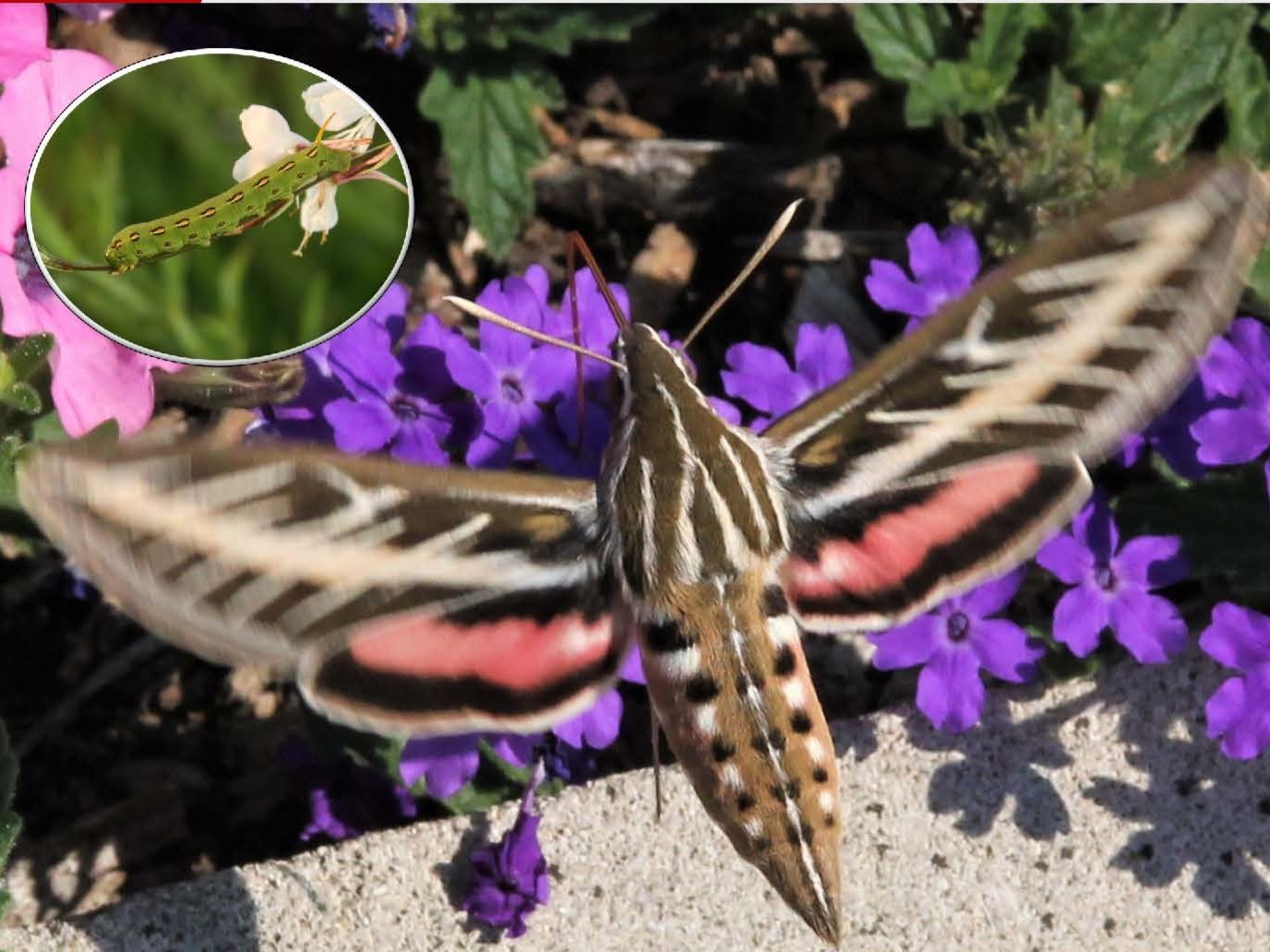
Sphinx Moth
(Hyles lineata)
Photo: Susan Mahr

Squash Bee
(Peponapis pruinose)
Photo: Christy Stewart
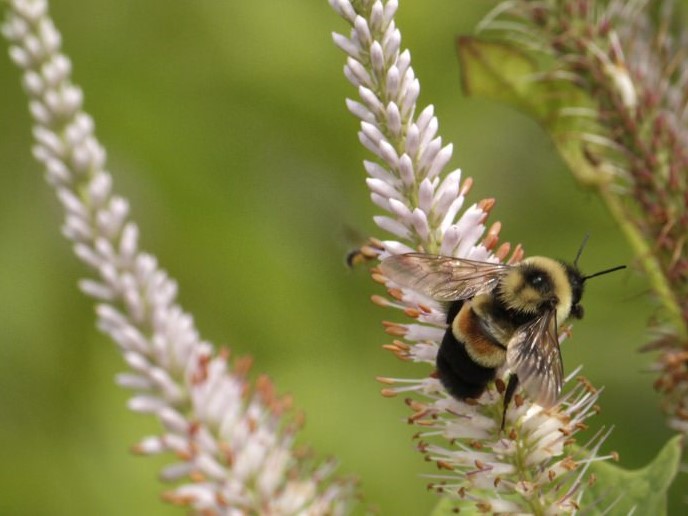
Rusty-Patched
Bumble Bee
(Bombus affinis)
Photo: Susan Day
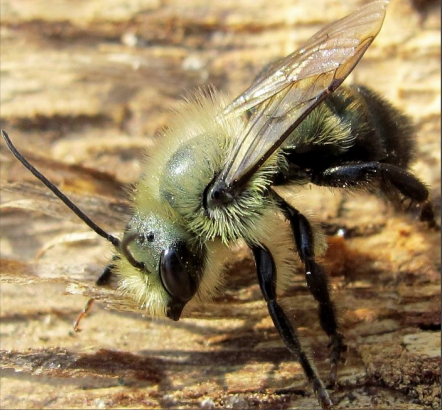
Mason Bee
(Osmia spp.)
Photo: Ilona Loser

Sweat Bee
(Family: Halictidae)
Photo: Christy Stewart




